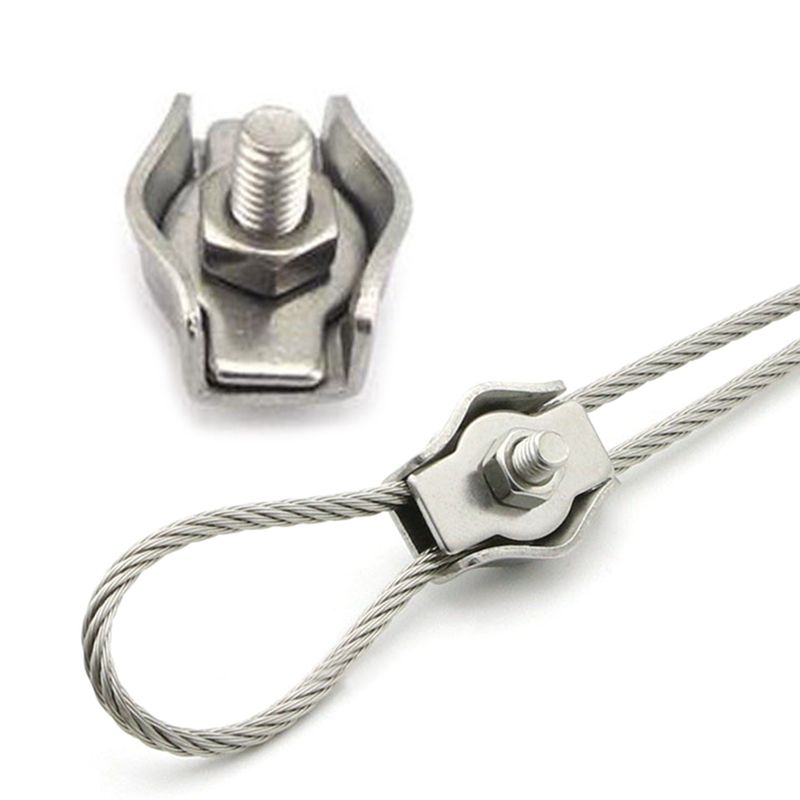
Stainless wire ropes are vital for their strength and corrosion resistance. Blogs offer insights for professionals and DIY enthusiasts on their uses and benefits. Here’s what you can typically expect to find in these blogs:
Cable Railing Systems using horizontal stainless-steel cables between posts for a minimalist look with enhanced visibility and durability. Understanding their key components is crucial for effective installation:
End Stops: Essential for securing cables at termination points like corners, preventing slippage and maintaining stability.
Tensioners: Installed opposite end stops, they ensure cables remain taut and aligned, crucial for safety and aesthetics.
Post Protectors: Optional but recommended for protecting posts from cable abrasion and enhancing longevity.
Swaging: Method used to attach components securely to cables, ensuring a strong connection and system stability.
Straight Runs: Ideal for level sections, ensuring a clean and straightforward layout.
Angle Runs: Used on stairs or angled sections, maintaining cable tension and alignment.
Transitionary Runs: Change direction at intermediate posts, requiring careful planning for seamless transitions.
Precision Planning: Measure accurately for optimal post and cable alignment.
Swaging Techniques: Use proper tools for secure component attachment.
Maintenance: Regularly inspect and adjust tension to uphold safety and appearance.
Cable railing systems combine functionality with modern design, offering both residential and commercial spaces a safe, durable, and visually appealing railing solution when installed with care and maintained regularly.
Stainless wire ropes are vital for their strength and corrosion resistance. Blogs offer insights for professionals and DIY enthusiasts on their uses and benefits. Here’s what you can typically expect to find in these blogs: